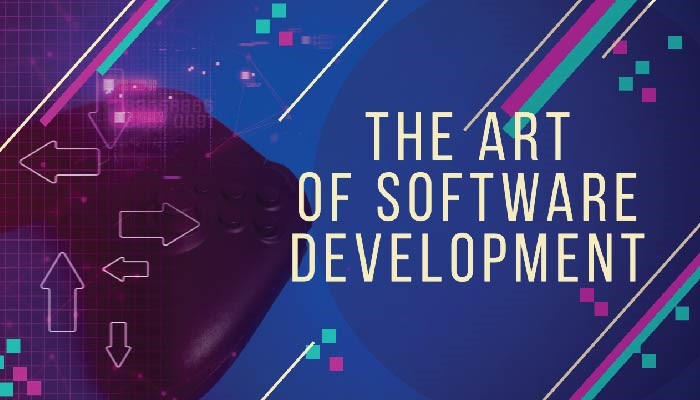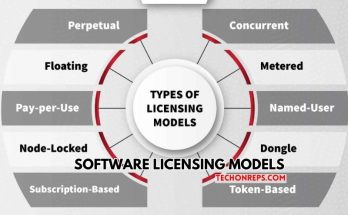Mastering the Art of Software Development: A Comprehensive Guide
In the dynamic landscape of technology, software development stands as the cornerstone of innovation. From mobile applications to complex enterprise systems, software fuels modern civilization’s progress. However, mastering the art of software development goes beyond mere coding skills; it requires a profound understanding of methodologies, tools, and principles. In this comprehensive guide, we delve into the depths of art of software development, exploring its intricacies and offering insights to help you navigate this fascinating domain.

Understanding the Fundamentals:
Software development begins with a solid grasp of its fundamentals. From programming languages to algorithms, developers lay the groundwork for their journey. We explore the importance of understanding data structures, algorithms, and computational thinking. These foundational concepts form the bedrock upon which developers build their expertise.
Choosing the Right Technology Stack:
In the vast ecosystem of software development, choosing the right technology stack is paramount. From frontend frameworks like React and Angular to backend technologies like Node.js and Django, developers must navigate a plethora of options. We delve into the considerations behind selecting the appropriate technology stack, considering factors such as scalability, performance, and community support.
Embracing Agile Methodologies:
Gone are the days of rigid, waterfall approaches to software development. Agile methodologies have revolutionized the industry, emphasizing iterative development, collaboration, and adaptability. We explore the principles of Agile, including Scrum, Kanban, and Extreme Programming (XP). By embracing Agile methodologies, teams can deliver value to customers more efficiently and effectively.
Designing for User Experience:
In today’s user-centric world, software must prioritize the user experience (UX). From intuitive interfaces to seamless interactions, UX design plays a critical role in software development success. We discuss the principles of UX design, including usability, accessibility, and aesthetics. By incorporating UX design principles early in the development process, teams can create products that delight users and drive adoption.
Implementing DevOps Practices:
DevOps represents a cultural shift in software development, bringing together development and operations teams to streamline the delivery pipeline. We explore the key practices of DevOps, including continuous integration, continuous delivery, and infrastructure as code. By embracing DevOps principles, organizations can achieve faster time-to-market, higher quality, and increased collaboration across teams.
Ensuring Quality through Testing:
Quality assurance is integral to software development, ensuring that products meet the highest standards of reliability and performance. We delve into the various testing methodologies, including unit testing, integration testing, and end-to-end testing. Additionally, we discuss the importance of test automation and continuous testing in modern software development workflows.
Securing Your Software:
With cyber threats on the rise, security is a top priority for software development teams. We examine the principles of secure coding, including input validation, authentication, and encryption. Additionally, we explore techniques such as penetration testing and security audits to identify and mitigate vulnerabilities. By prioritizing security throughout the development lifecycle, organizations can protect their assets and safeguard user data.
Scaling for Success:
As software products grow in complexity and user base, scalability becomes a critical consideration. We discuss strategies for scaling software, including horizontal and vertical scaling, caching, and load balancing. Additionally, we explore the benefits of microservices architecture and containerization in building scalable, resilient systems.
Evolving with Emerging Technologies:
In the ever-evolving landscape of technology, software developers must stay abreast of emerging trends and technologies. From artificial intelligence and machine learning to blockchain and quantum computing, we explore the potential impact of these technologies on software development. By embracing innovation and continuous learning, developers can future-proof their skills and stay ahead of the curve.
Conclusion:
Mastering the art of software development is a journey that requires dedication, perseverance, and continuous learning. From understanding the fundamentals to embracing emerging technologies, developers must navigate a complex and dynamic landscape. By following best practices, adopting agile methodologies, and prioritizing quality, developers can create software that drives innovation and transforms the world. As we embark on this journey together, let us embrace the challenges and opportunities that lie ahead, confident in our ability to master the art of software development.



